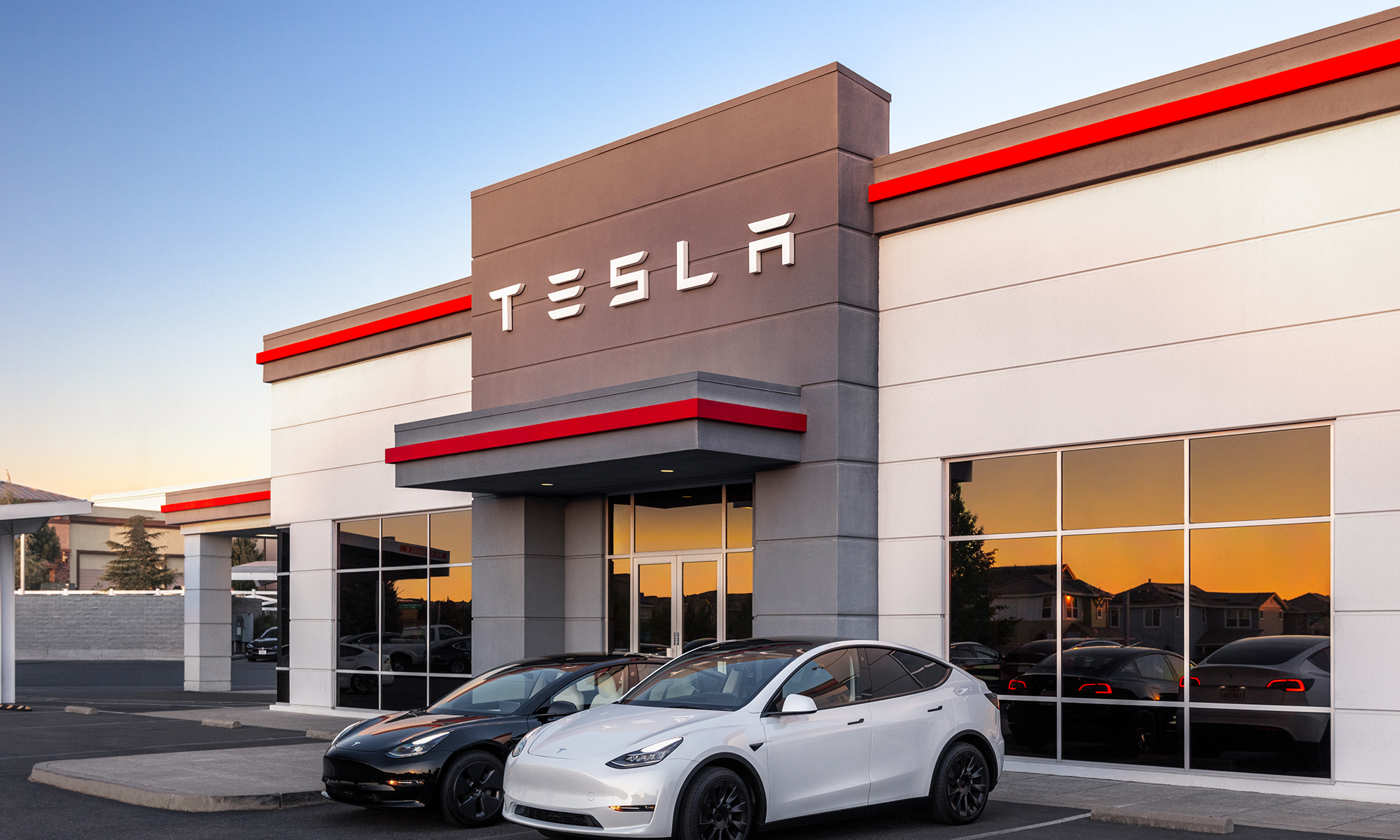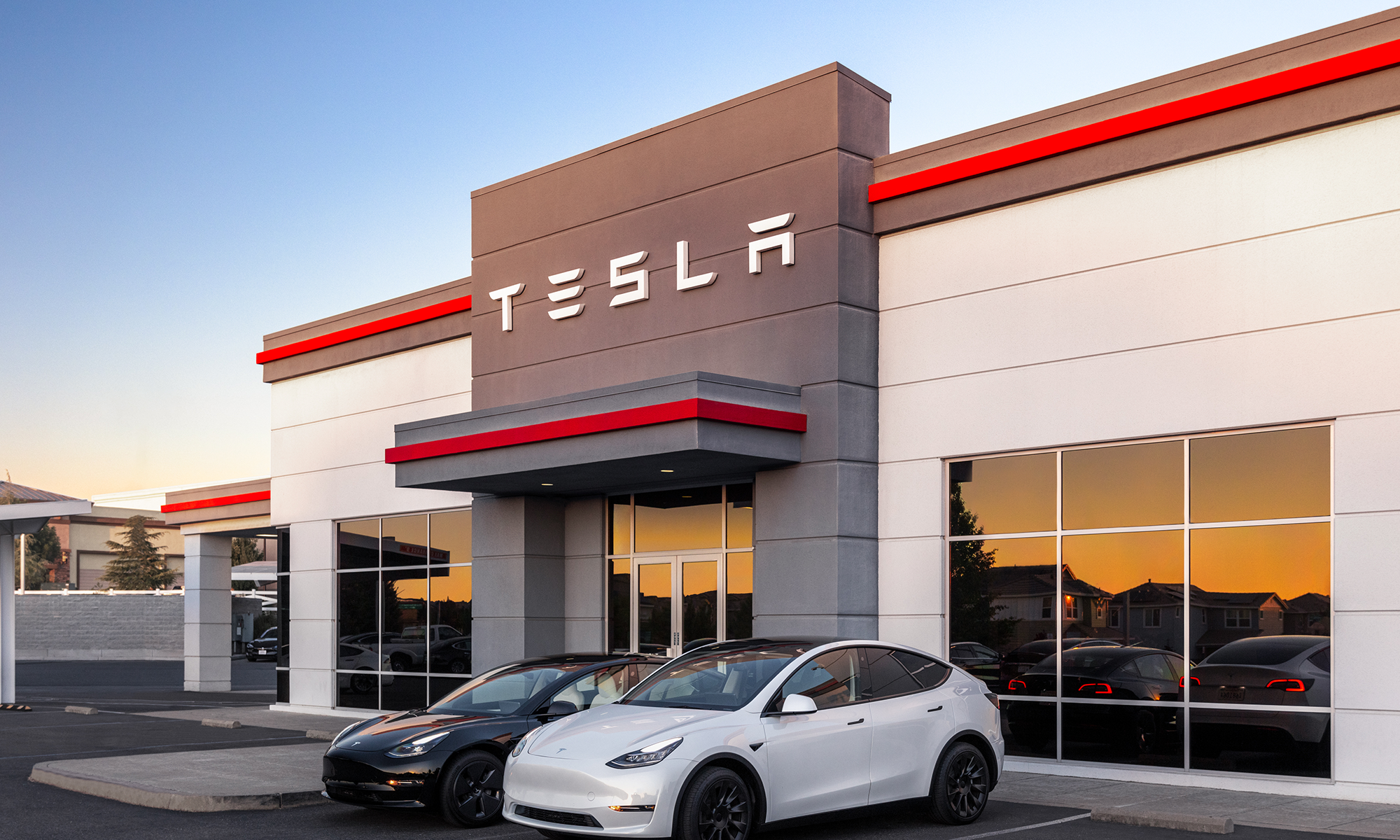Tesla (TSLA 4.58%) shares have declined 25% year to date as the electric carmaker has struggled with weak demand amid growing competition and consumer backlash against CEO Elon Musk's politics. The company is currently worth $976 billion, but several Wall Street experts anticipate substantial upside in the years ahead.
- Ark Invest analysts, led by Tasha Keeney, think Tesla stock will reach $2,600 per share by 2029. That forecast implies 758% upside from its current share price of $303. It also implies a market value of $8.3 trillion.
- Wedbush analyst Dan Ives recently told Yahoo Finance that Tesla could be a $2 trillion company within 12 months. That implies 105% upside from its current market value of $976 billion. It also implies a share price of $620.
- Hedge fund billionaire Ron Baron told CNBC last year that Tesla could be a $5 trillion company within a decade. That implies 410% upside from its current market value. It also implies a share price of $1,550.
- CEO Elon Musk has said Tesla could eventually be a $30 trillion company as it benefits from autonomous driving and robotics. That implies 2,975% upside from its current market value. It also implies a share price of $9,310.
Tesla is one of the most controversial stocks on the market. Investors tend to have binary opinions, either seeing Tesla as an overrated automaker or a revolutionary company poised to reshape the global mobility and labor markets with artificial intelligence. Read on to learn more.

Image source: Getty Images.
Tesla is losing market share in electric vehicles, and Musk warned of rough quarters ahead
Tesla ceded significant market share in electric vehicles during the past year as competition increased and CEO Elon Musk damaged the brand with his political activities. The company accounted for just 10% of battery electric vehicle sales through May, down from 16% in the same period last year, according to Morgan Stanley.
Tesla reported weak second-quarter financial results. Deliveries decreased by 13%, the second straight drop. Revenue declined 12% to $22 billion, operating margin narrowed by 2 percentage points, and non-GAAP (generally accepted accounting principles) earnings fell 23% to $0.40 per diluted share. Musk also warned that the next few quarters could be rough as the company ramps up its autonomous driving business.
"We probably could have a few rough quarters. I'm not saying we will, but we could," he told analysts on the earnings call. "But once we get autonomous to scale in the second half of next year, certainly by the end of next year, I'd be really surprised if the economics are not very compelling."
Tesla has substantial opportunities in autonomous ride-hailing services and humanoid robots
Tesla has been developing its autonomous driving software for more than a decade. Its vision-only approach (meaning its cars are equipped only with cameras) gives the company a theoretical edge over the market leader Alphabet's Waymo, which relies on a more costly array of cameras, lidar, and radar. Tesla also has more camera-equipped cars on the road collecting data to train the underlying artificial intelligence (AI) models.
Importantly, while Waymo is currently the market leader, with commercial autonomous ride-hailing services in five U.S. cities, Elon Musk thinks Tesla will catch up quickly because its vision-only strategy is more scalable. Indeed, the company recently started its first robotaxi service in Austin, but Musk says the coverage area could include half the U.S. population by year-end.
Additionally, Musk says Tesla could eventually have 99% market share in autonomous ride-hailing, which itself is forecast to be a trillion-dollar market in about 15 years. Tom Narayan at RBC Capital expects global robotaxi revenue to reach $1.7 trillion by 2040. He also says Tesla could earn $115 billion in revenue from robotaxi services in that year.
Beyond robotaxis, Tesla is also developing an autonomous humanoid robot, called Optimus, to revolutionize the labor industry. Robots could be particularly useful in handling tasks too dangerous, tedious, or physically demanding for humans. Musk says Optimus production will hit 100,000 units monthly (more than 1 million annually) within five years. He also says humanoid robots could be a $10 trillion opportunity for Tesla.
The Ark Invest analysts, led by Tasha Keeney, built their 2029 forecast around autonomous driving. Robotaxis are projected to account for more than 60% of revenue, roughly $750 billion, while electric car sales account for less than 30%. The remaining portion will come from energy storage and insurance. Keeney did not factor Optimus into the calculations, but her robotaxi estimates are much more aggressive than those from Narayan at RBC.

NASDAQ: TSLA
Key Data Points
Tesla's valuation looks absurdly expensive, but autonomous driving and robotics could change the narrative
Wall Street estimates Tesla's earnings will increase by 20% annually over the next three to five years. That makes the current valuation of 175 times earnings look absurdly expensive. But Tesla bulls think most analysts are underestimating the impact that robotaxis and robots will have on the business.
For instance, Ark Invest estimates that Tesla's earnings before interest, taxes, depreciation, and amortization (EBITDA) will increase by over 3,000% to $440 billion by 2029, which implies a compound annual growth rate of about 115%. While I find that scenario highly unlikely, earnings growth of that magnitude would justify the current valuation.
Here's the bottom line: Traders who lack confidence in the robotaxi and robotics narrative should avoid this stock. But patient investors who believe Tesla could revolutionize the mobility and labor markets with AI products like self-driving cars and humanoid robots should own a position.





